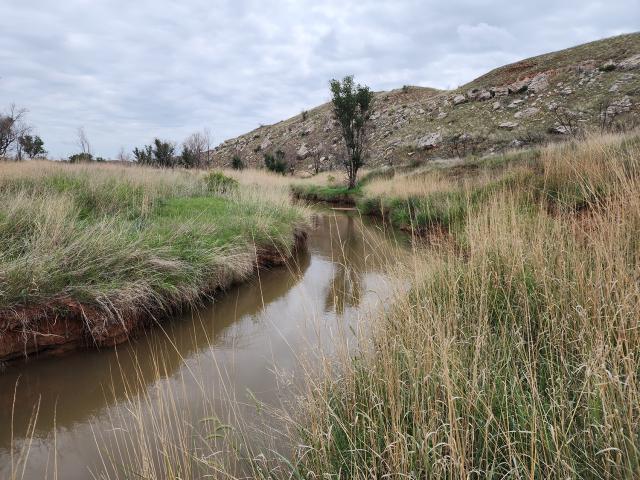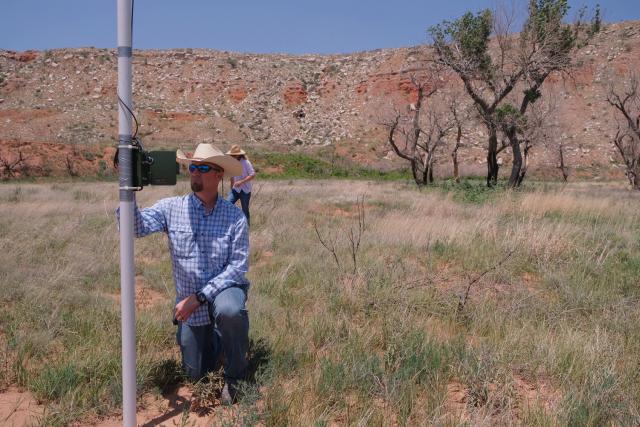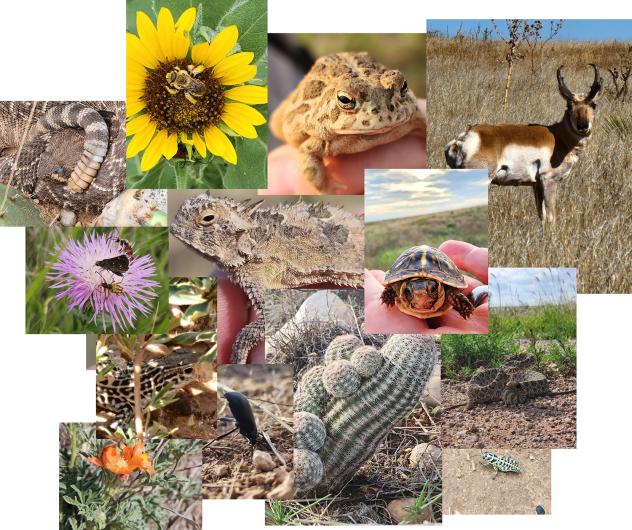Related Stories
- Overcoming challenges to move the BLM forward: Nikki Haskett
- A day in the life of a BLM Hobbs Petroleum Engineering Technician
- A former boomtown’s second life as storyteller in New Mexico
- Exploring the Campbell Tract Special Recreation Management Area: Flora, fauna, and volunteer opportunities
- Taos Field Office conducts fish population survey in the Rio Grande del Norte National Monument
Office
201 Stephenson Parkway
Suite 1200
Norman, OK 73072
United States
Phone:
Email:




